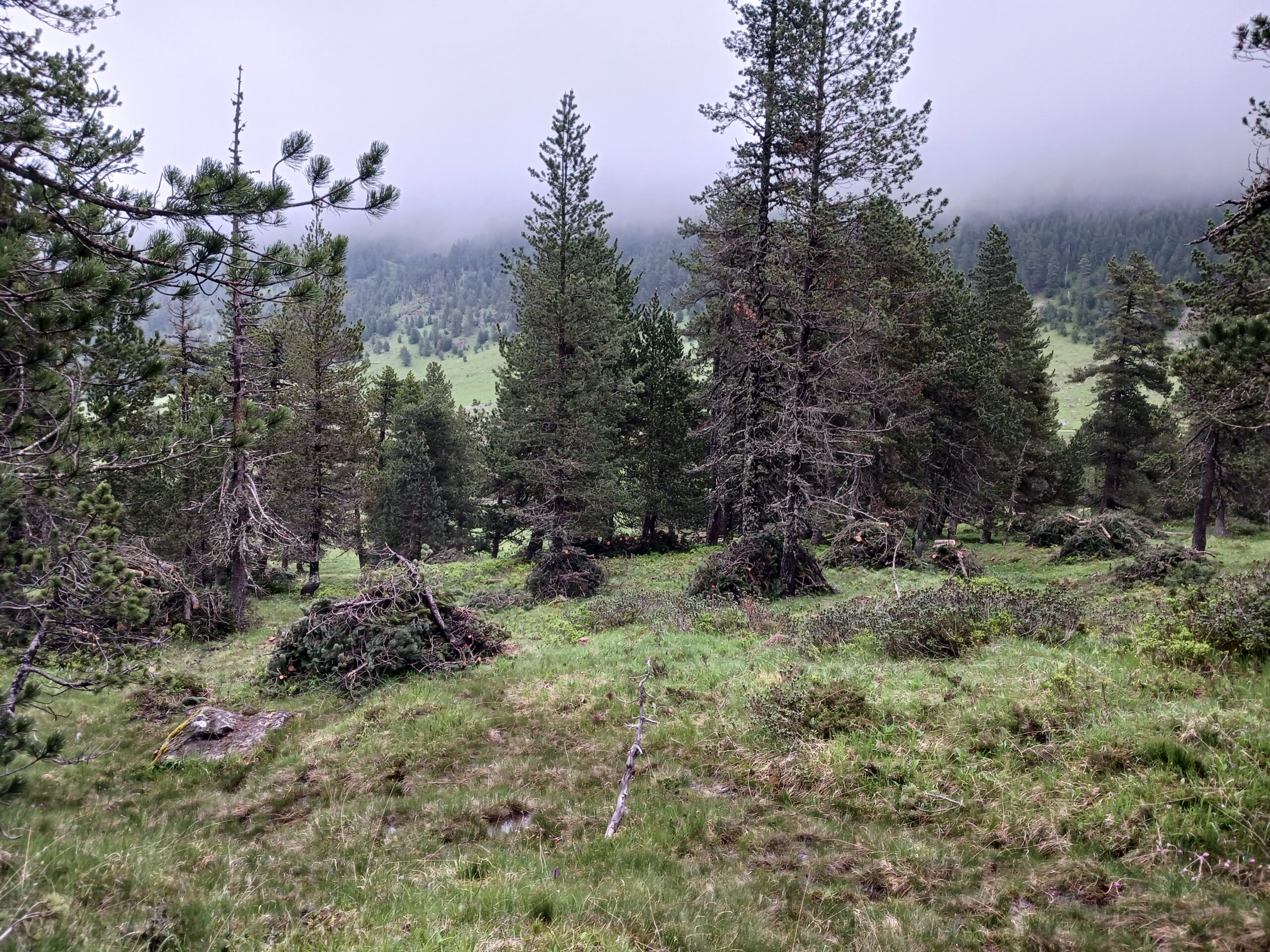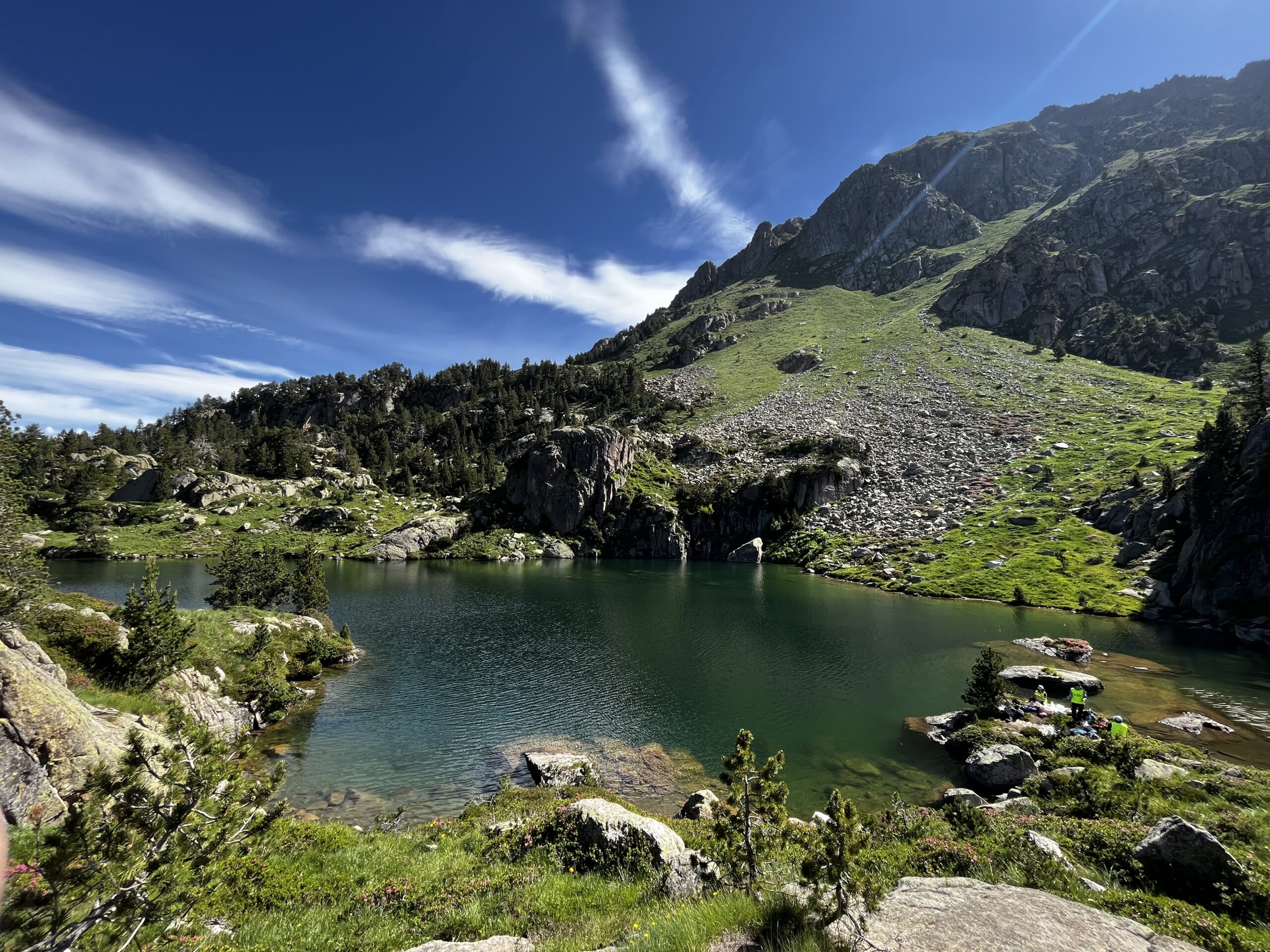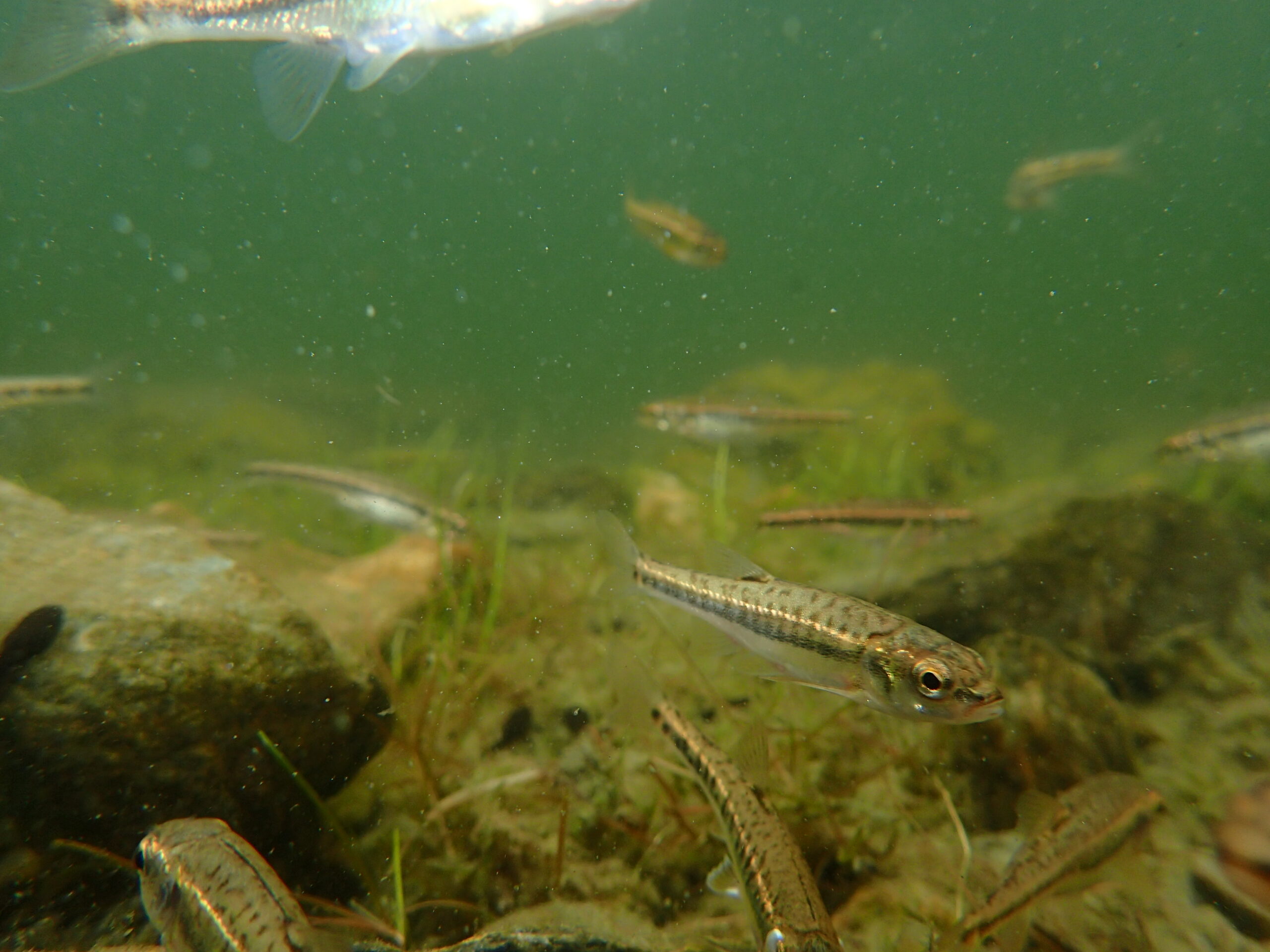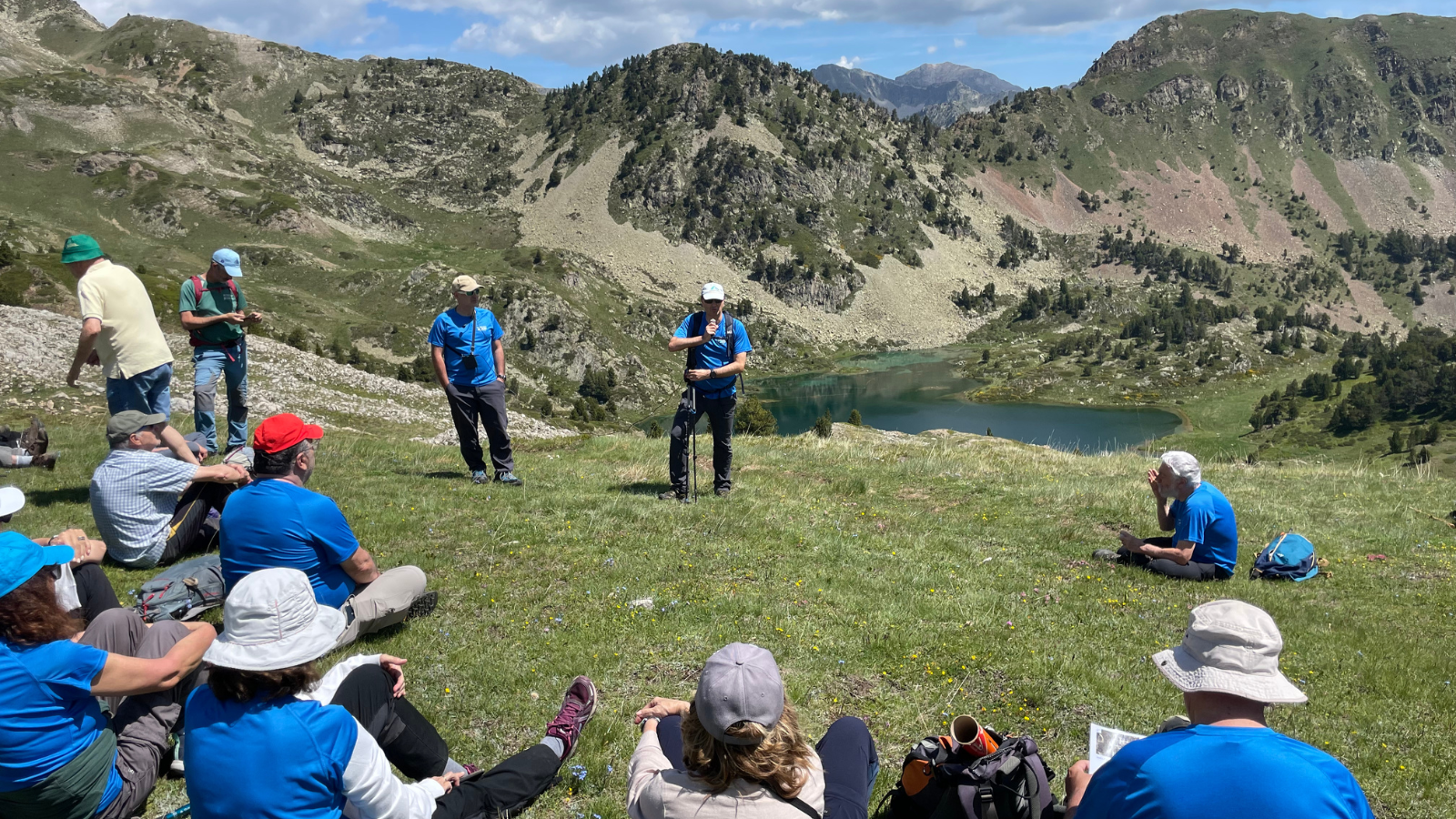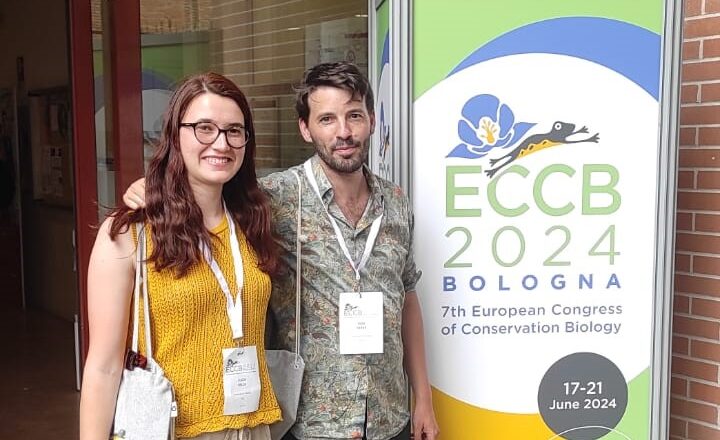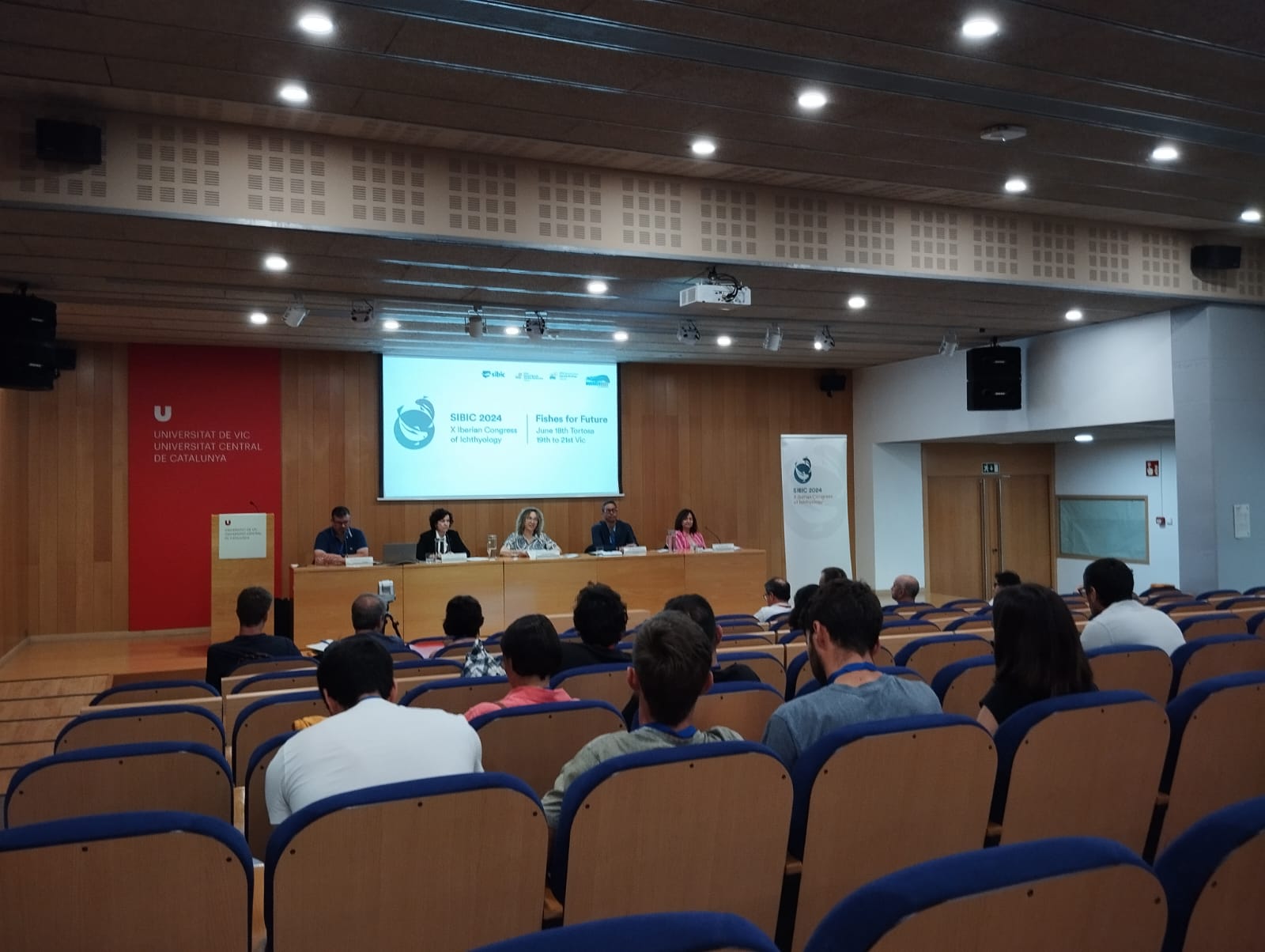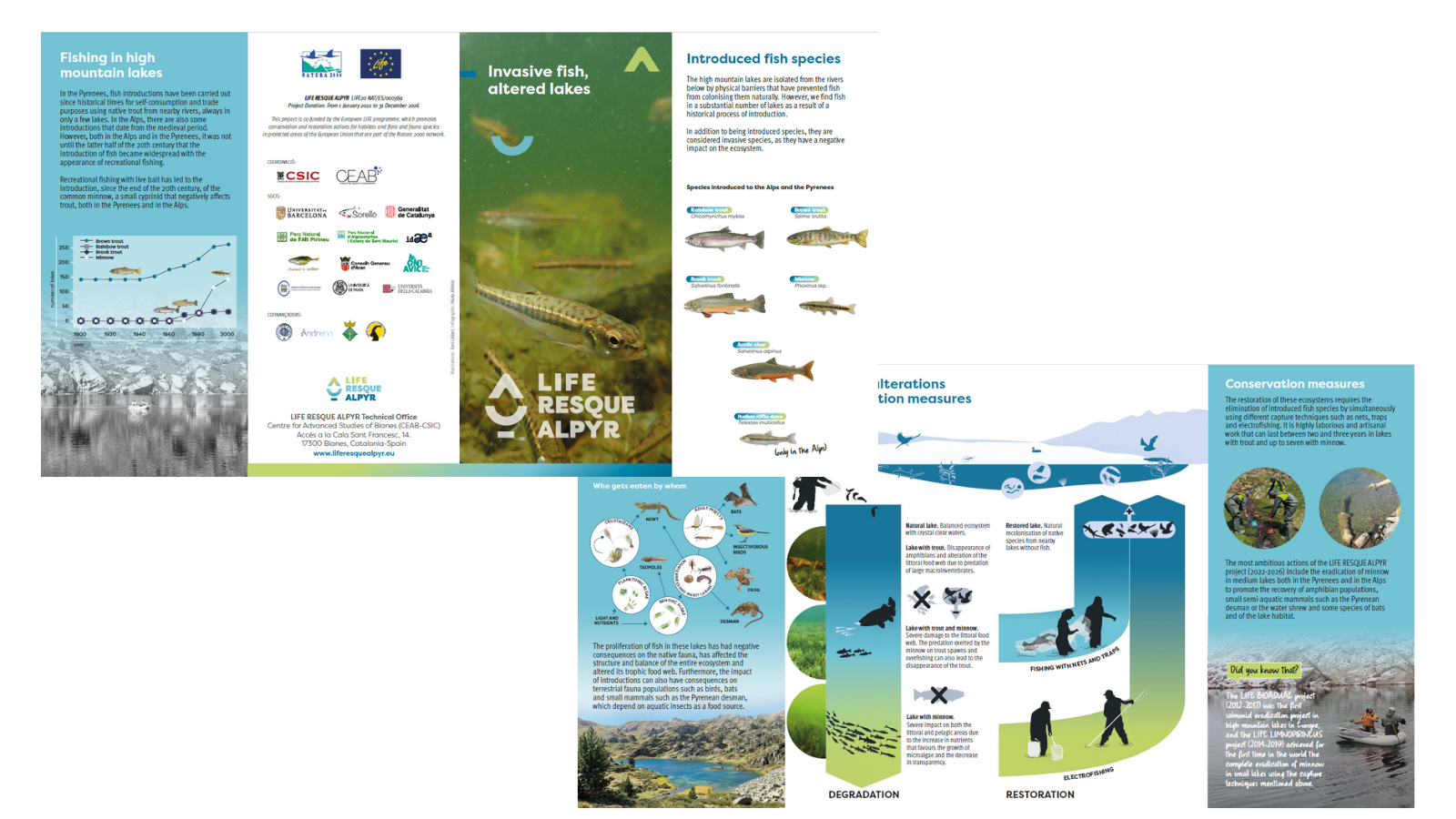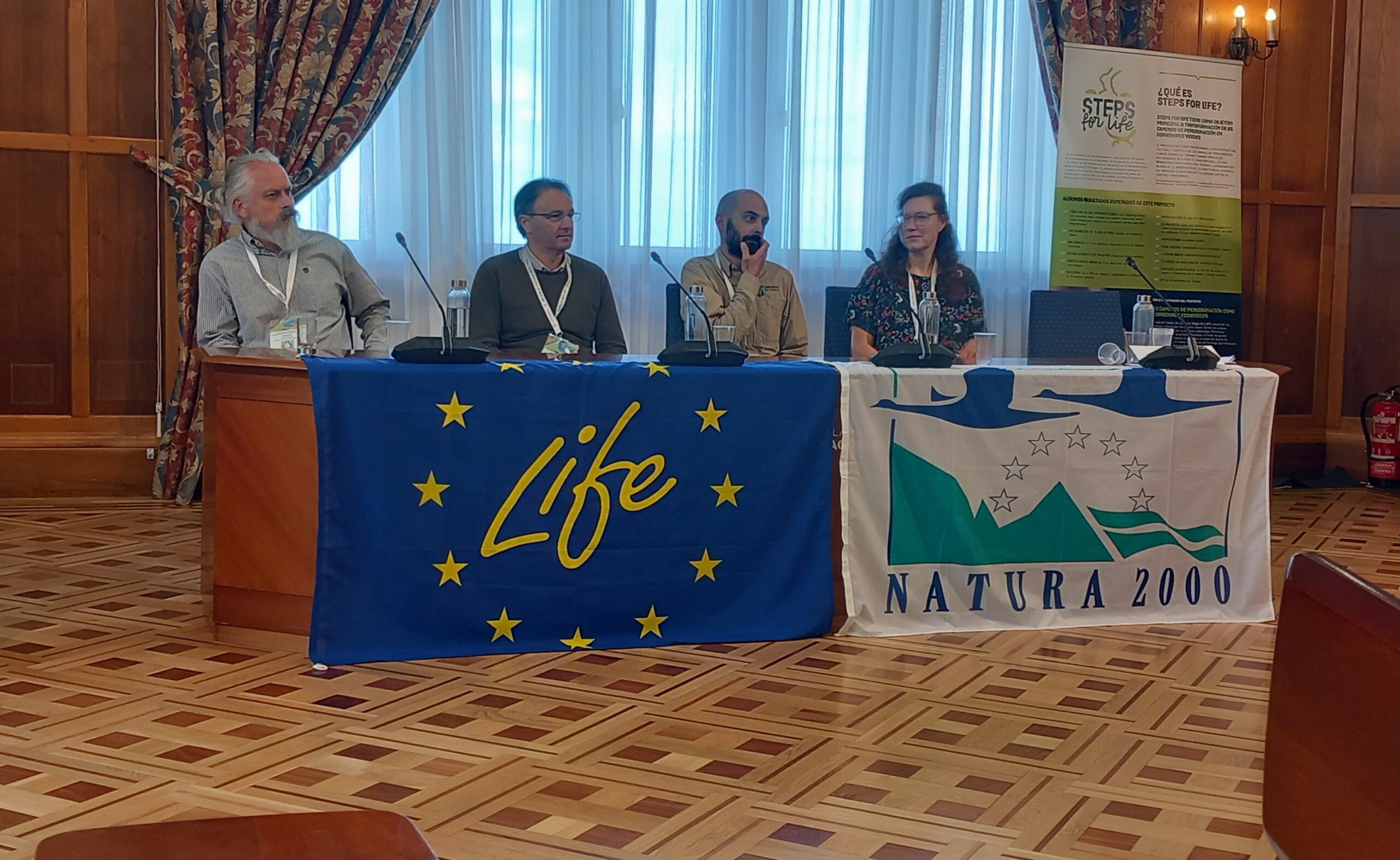-
High mountain rivers and streams
High mountain streams and rivers have one main characteristic: their flow is highly influenced by snow. As a result, the water volume changes significantly throughout the year, peaking in spring when the snow melts rapidly, which can cause major floods. Extreme conditions at the headwaters These ecosystems, especially at the headwaters, can freeze completely or…
-
Restoration of mires in the Pyrenees: stopping the invasion of trees
The subalpine mires of the Pyrenees are wet ecosystems characterized by the accumulation of decomposing organic matter. Currently, around 27% of the mires in the Central Pyrenees host adult pines, compared to 11% in the mid-20th century. The invasion of trees and the densification of these populations endanger the health and functionality of these ecosystems.…
-
Impacts of swimming in high mountain lakes
t’s mid-summer and, as every year, rivers and mountains are filled with tourists and visitors. This overcrowding of natural spaces, which has been increasing since the COVID-19 pandemic, puts many habitats with great biodiversity at risk. Despite the temptation to take a dip, it’s important to remember that, in general, swimming in high mountain lakes…
-
Invasive fish, altered lakes
Biodiversity in high mountain lakes is greater than one might notice at first glance. It goes from tiny organisms such as microscopic algae and small crustaceans that are part of the plankton to plants, molluscs, worms, insects and amphibians that live both at the bottom and on the shore of the lake and which because…
-
We participated in the XXXVII Field Days of Physical Geography
Between June 25th and 29th, 2024, the XXXVII Field Days of Physical Geography were held in the Pyrenees of Lleida, organized by the Research Group in Mountain Areas and Landscape (GRAMP) of the Department of Geography and the Botany Unit of the Autonomous University of Barcelona, in collaboration with the Alt Pirineu Natural Park. Under…
-
Explaining the negative impacts of introduced fish at ECCB 2024
The project LIFE RESQUE ALPYR has participated at the 7th European Congress of Conservation Biology held in Bologna (Italy) between 17 and 21 June 2024. Our PhD student, Lucia Bello, from the University of Calabria, contributed with an oral presentation discussing the preliminary results of how introduced fish might have a negative impact on shrew…
-
The conservation of native fish of the Iberian Peninsula is the focus of the 10th Iberian Congress of Ichthyology
Researchers from the project were among the speakers at the 10th Iberian Congress of Ichthyology, ‘Fish for the Future’, organized by the Iberian Society of Ichthyology (SIBIC) and the University of Vic – Central University of Catalonia. The scientific meeting was held in Tortosa and Vic on June 18 and 21, 2024. This time, the…
-
We are on the iNaturalist platform!
The LIFE RESQUE ALPYR project, dedicated to the conservation and restoration of high mountain aquatic ecosystems in the Pyrenees and the Alps, has taken another step towards citizen participation by creating a profile on the iNaturalist platform. This initiative aims to involve the public in the collection of data on the flora and fauna of…
-
Published the third brochure of the project
The high mountain lakes are isolated from the rivers below by physical barriers that have prevented fish from colonising them naturally. However, we find fish in a substantial number of lakes as a result of a historical process of introduction. In addition to being introduced species, they are considered invasive species, as they have a…
-
European Summit on Amphibian and Reptile Conservation: LIFE Platform Meeting 2024
A hundred national and international experts have addressed the challenges and opportunities regarding amphibian and reptile conservation in Europe within the framework of the ‘LIFE Platform Meeting: Amphibian & Reptile Conservation’. The congress took place from May 22nd to 24th in Cantabria and was directed by the Camino Lebaniego Foundation, a public entity attached to…




